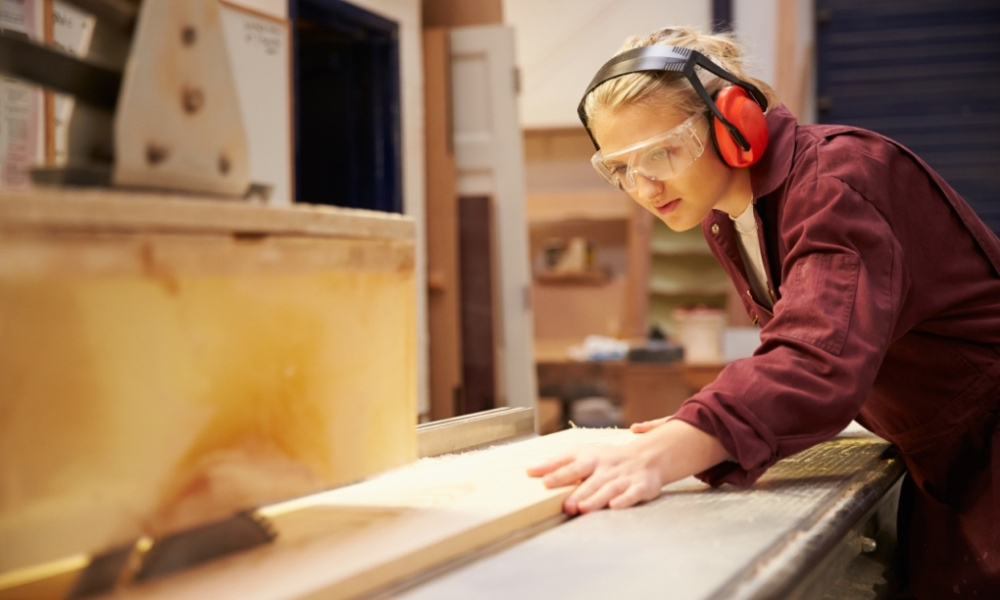- Building sustainable school-community partnerships
- Alternative pathways: Vocational qualifications
- Preparing students for 2028: Futures Planning Project
Teacher quality and a lack of project-based learning have been flagged up as the main challenges facing primary and secondary schools by global education experts.
They've also called for an increased focus on collaborative partnerships between schools and employers, to better prepare students for the workplace.
The results of the 2015 WISE (World Innovation Summit for Education) survey were released to coincide with the WISE Summit in Qatar - which included an awards ceremony recognising six trailblazing school education projects that are making a positive impact on students and communities.
The theme of this year's survey was 'Connecting education to the real world'. It involved 1550 teachers, students, recent graduates, policymakers and private sector representatives interested in education reform, drawn from nine global regions.
'The global community of WISE education experts calls for broadening the understanding of “education” from something schools do to impart knowledge, to something communities do to create well-rounded and capable individuals able to quickly transition from secondary or post-secondary school into the workforce,' the 2015 survey report says.
'... operating in isolation is no longer an option. Schools must aggressively partner with employers to bring a holistic experience to the learning environment, providing students immediate and tangible feedback on what they know, what they don't know, and why they need to learn it.'
Survey participants were asked to choose the three biggest challenges facing their country's primary and secondary schools, from a list of eight. The results were:
- Quality of teachers - chosen by 60 per cent;
- Project-based learning (applying learning to real-world problems) - 58 per cent;
- School funding - 32 per cent;
- Lack of access to current technology - 30 per cent;
- Need for more rigorous content or curriculum - 29 per cent;
- Need for smaller class sizes - 24 per cent;
- Lack of parental involvement - 23 per cent; and
- Standardised testing - 18 per cent.
Just under one quarter of survey respondents (23 per cent) felt their primary and secondary schools were adequately preparing students for the workplace - regionally the percentages ranged from 33 per cent in South East Asia to 13 per cent in Latin America. The combined percentage for Australia, New Zealand, the US and Canada was 31 per cent.
'This finding speaks to the need for greater focus at the secondary level on preparation for vocational/technical careers, because not every student can or wants to go to college,' the report says. 'In combination with more investment in teachers and school funding, deeper connections between schools and workplaces will ensure tomorrow's students will move seamlessly from the classroom into productive jobs.'
To download the full report, visit www.wise-qatar.org/education-real-world-skills-gap
Is your school using outside resources to meet diverse student needs and improve outcomes?
Are there opportunities for your school to foster business and community partnerships to better prepare students for employment?
Do you give students opportunities to apply their learning to real-world contexts?



